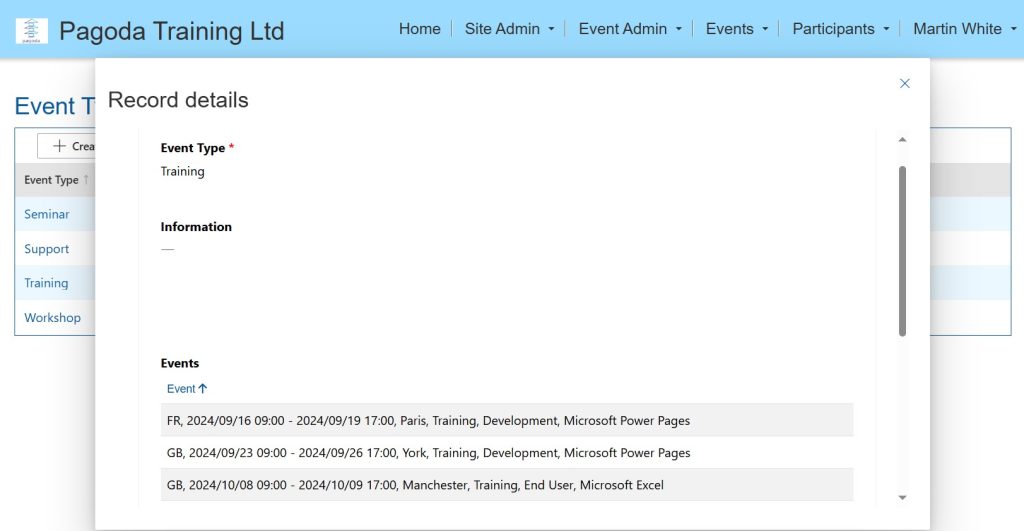Power Pages – Day 2
The second day enables the developer to:
- Configure Dataverse for the addition of lists and forms to pages
- Add and configure pages
- Add lists and forms to pages
- Add sub grids to forms to show related data
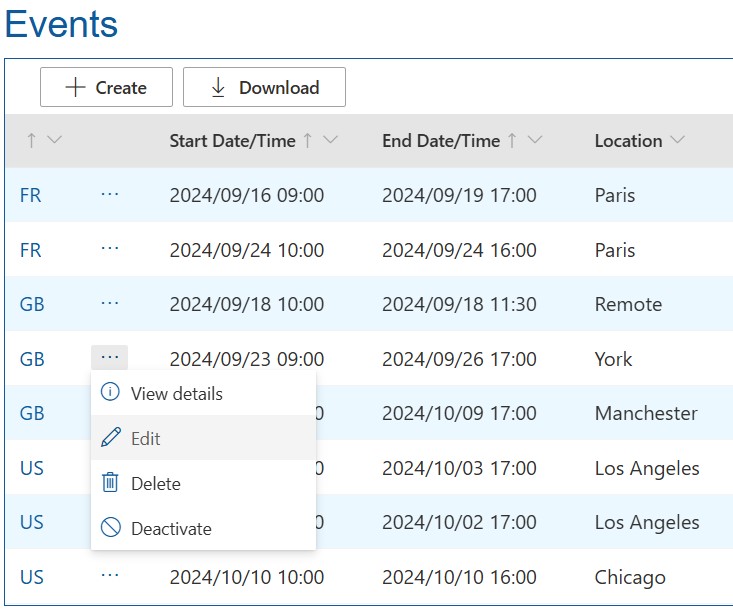
- Dataverse views
- Dataverse forms
- AD authentication
- Table permissions (introduction)
- Pages
- Site styling
- Lists
- Calendar lists
- Basic forms
- Sub grids (read only)
Dataverse views
In order to add a list to a page, it is first necessary to customise an existing (or create a new) Dataverse view.
Dataverse views determine the columns, default filters and sorts which will be used by the list.
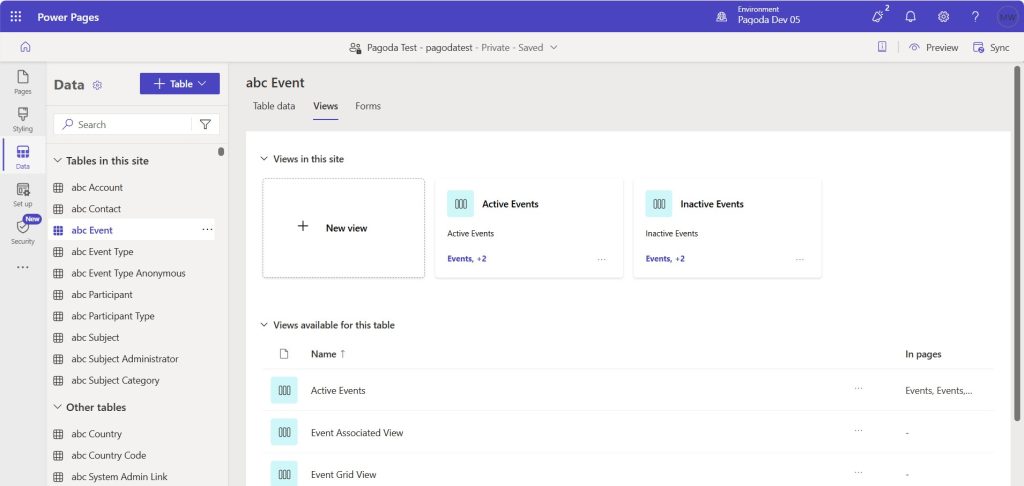
Dataverse forms
In order to add a form to a page, it is first necessary to customise an existing (or create a new) Dataverse form.
Dataverse forms determine the columns and the default layout which will be used by a form on a page.
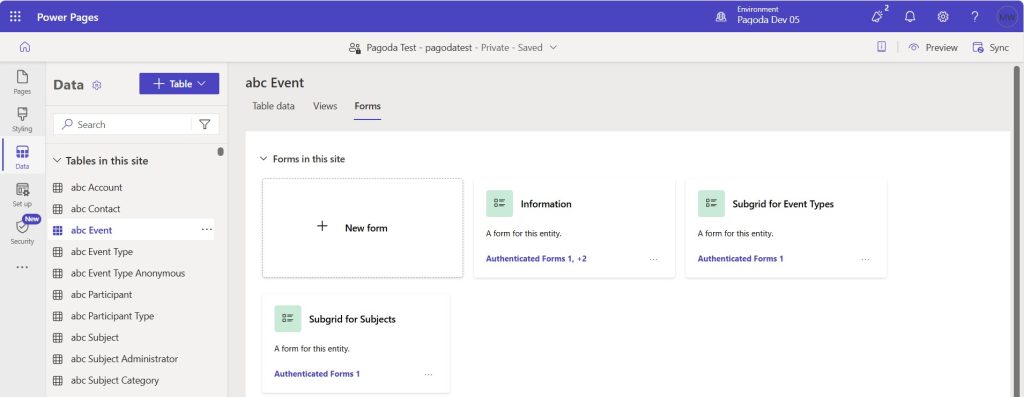
AD authentication
Although web roles and permissions are looked at in detail later in the training, developers need to be able to view the impact of design changes.
The easiest way to do this is to create a single user account for the developer using Azure AD (Active Directory), with the web role of authenticated user.

Table permissions (introduction)
By default, site users cannot view table data. During development, full table permissions can be assigned to authenticated users.
Once the pages, list and forms have been completed, the web roles and table permissions can be amended to meet the site security requirements
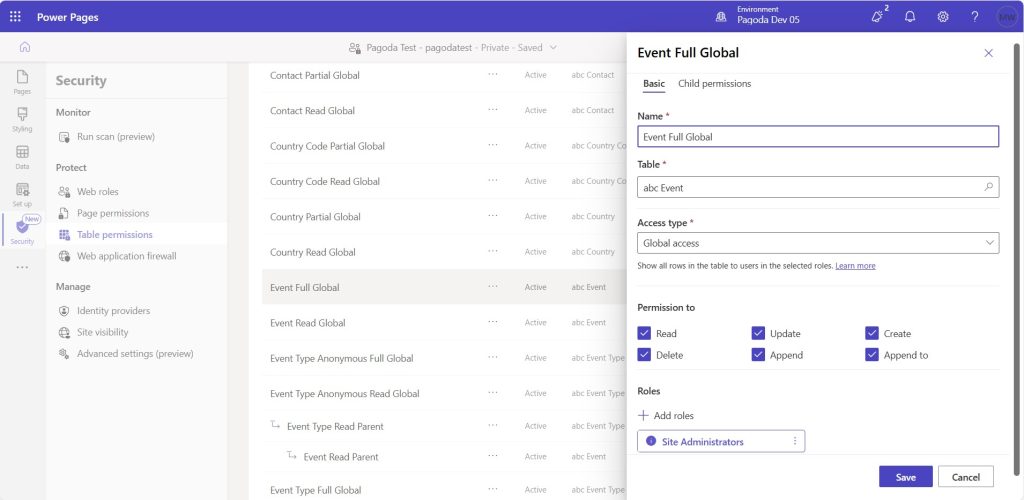
Pages
Web pages are created, viewed, edited and deleted via the Pages tab in the design studio.
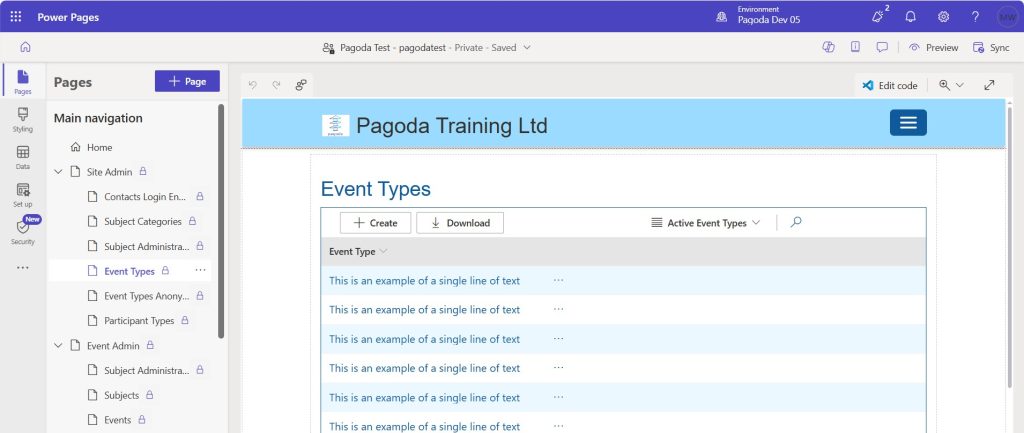
The menus and sub-menus which are available on the site header are determined by hierarchy of pages in the Main navigation pane.
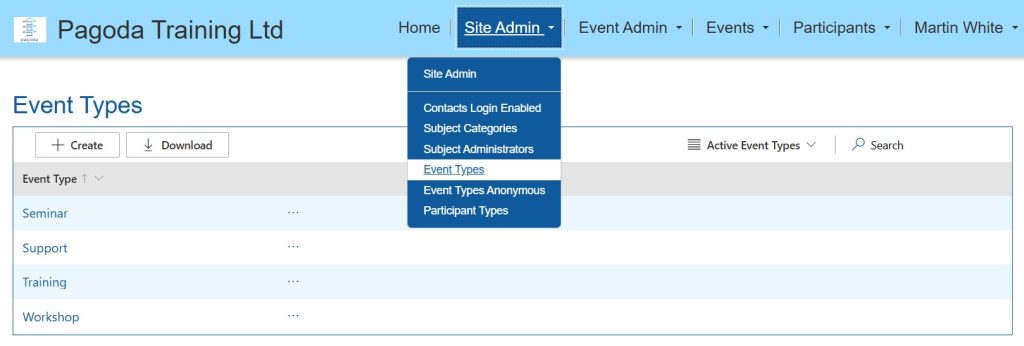
Site styling
Style settings for the whole site can be customised via the Styling tab in the design studio.
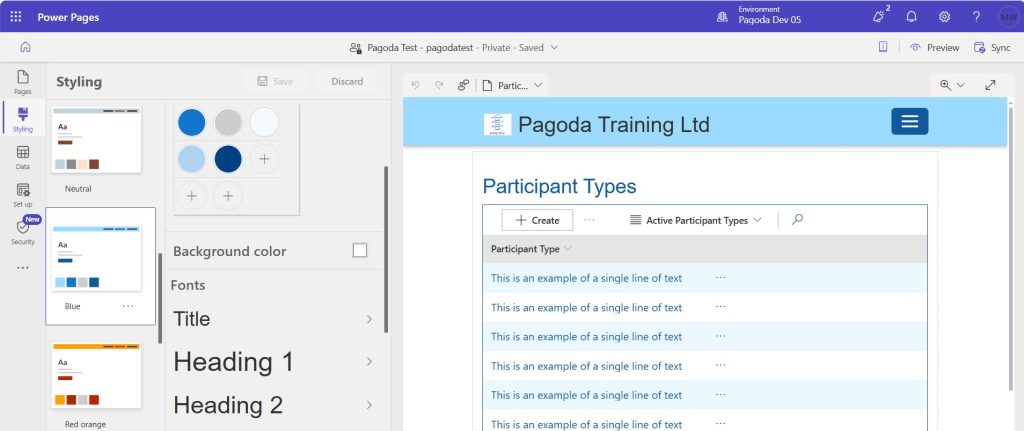
Lists
Lists provide a tabular view of data on a page.
Dataverse views determine the columns, default filters and sorts which will be used by the list, but users can apply their own filters and sorts.
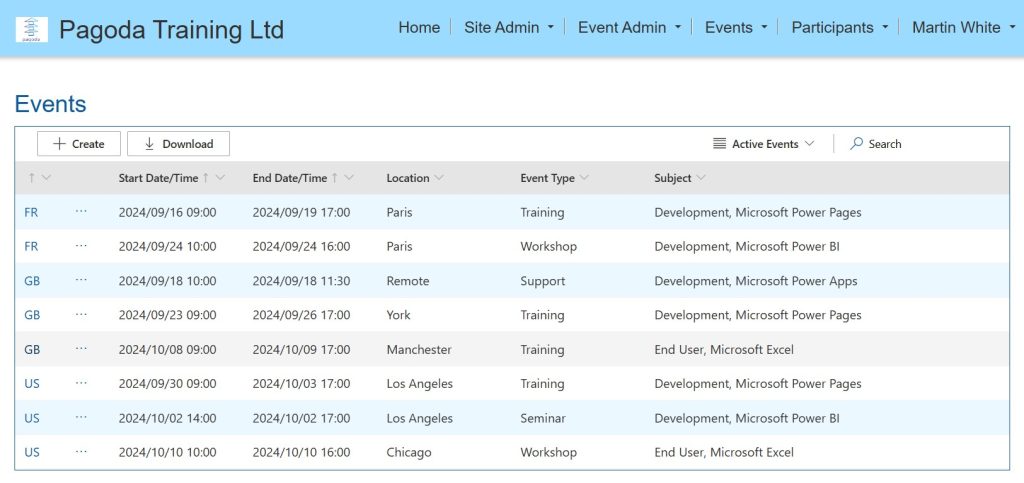
Calendar Lists
It is also possible to display lists with dates in a calendar layout.
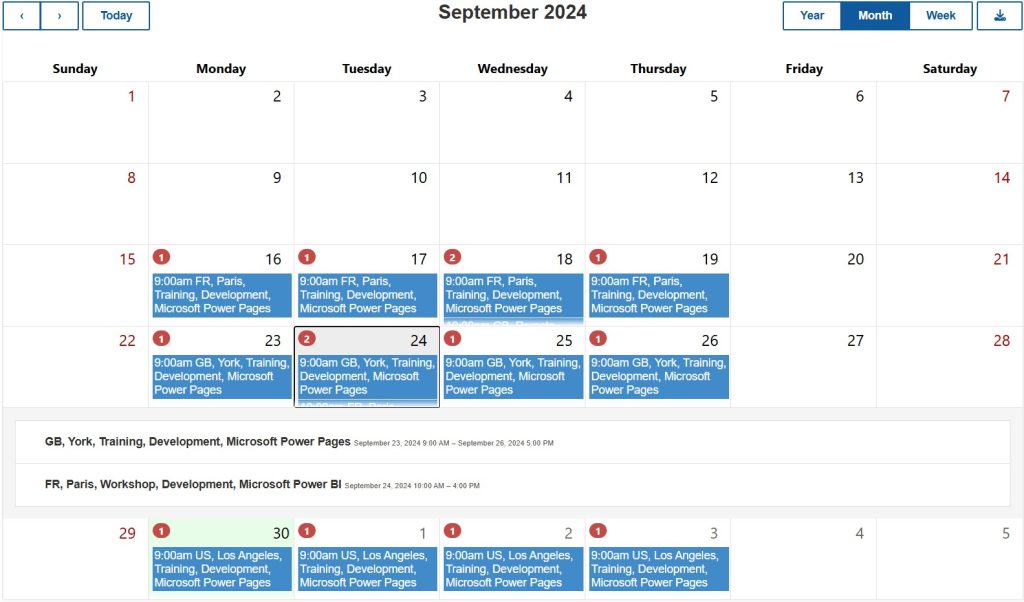
Basic forms
The term ‘basic form’ is to distinguish it from a ‘multi-step form’, which is looked at later in the training.
Basic forms allow a user to create, view and edit records in a list.
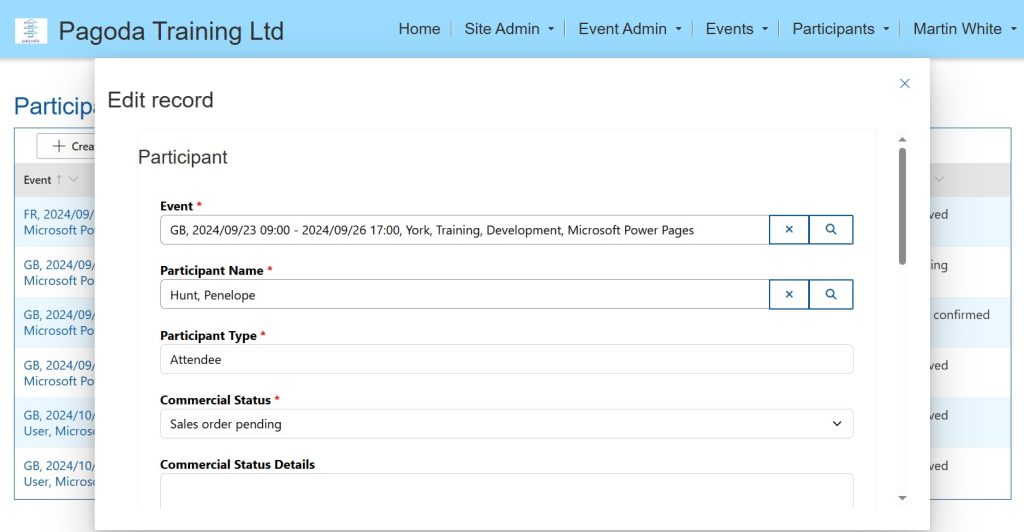
Sub grids (read-only)
Where a record has many related records, it is possible to add a sub grid to a basic form to show those related records.
In the example below, each Event Type has many Events and these can be listed on the Event Type form.
